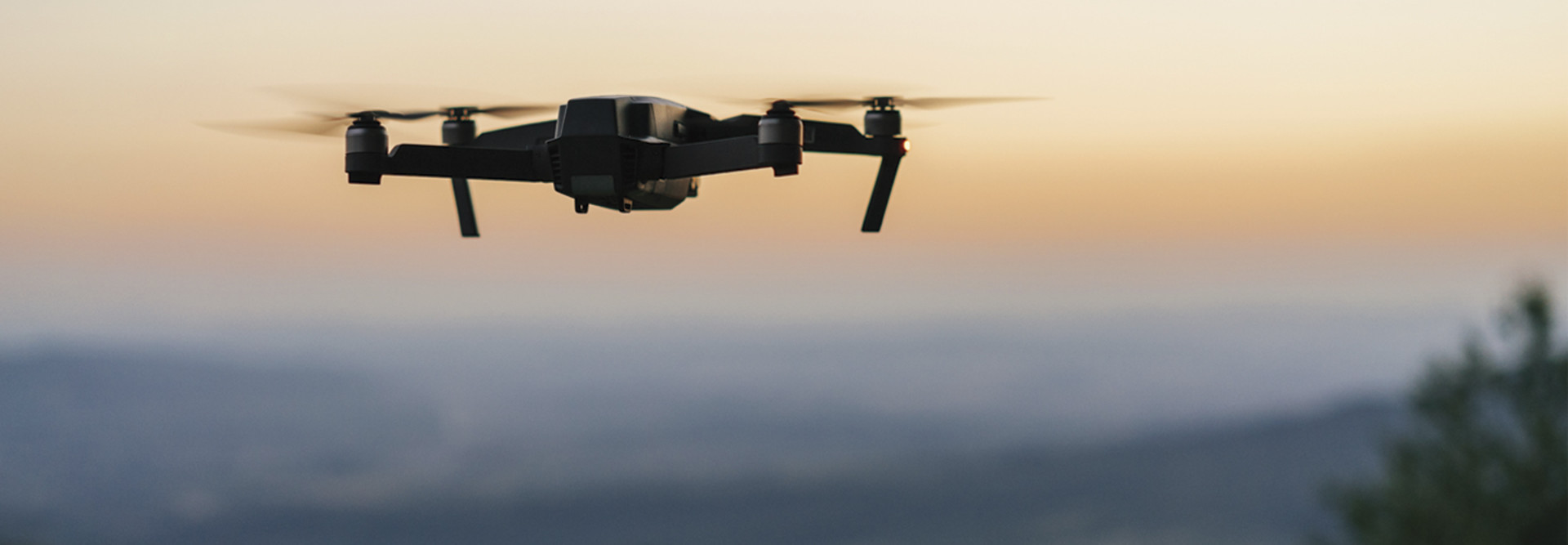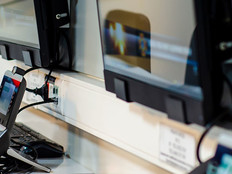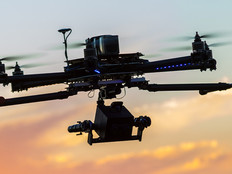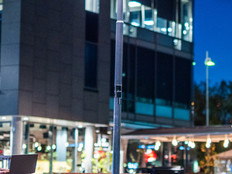The Benefits of Drones in Law Enforcement
There are numerous use cases for drone technology in law enforcement agencies, ranging from surveillance to crime scene investigations. As Law Technology Today notes, the San Jose Police Department in San Jose, Calif., “procured a drone for the sole purpose of accessing potential explosive devices, thus keeping the bomb squad out of harm’s way.”
Police departments use drones to photograph crime and accident scenes to process them quickly, to search for suspects and to conduct search and rescue missions. Drones can also be used to take photos and videos of infrastructure for other local departments, which they can use for training and to aid in incident response.
“Drone and camera technology allows officials to have a better vantage point during times of chaotic situations where deploying ground personnel is too risky,” drone company Dronefly notes. “Aerial vantage points also allow post-accident scenes or crime scenes to be more fully evaluated and reconstructed to help understand the timeline of events for each incident.”
The Electronic Frontier Foundation reports drones can be “equipped with high definition, live-feed video cameras, thermal infrared video cameras, heat sensors, and radar — all of which allow for sophisticated and persistent surveillance.”
Considering the type of law enforcement agency utilizing drones is key to determining how the drone will be used, Gettinger notes. The experience level of the officers in the law enforcement agency and the demand for drones narrows the use cases for them. Police agencies have “come to understand they are more useful in certain situations than others,” Gettinger says.
Drone Policies for Law Enforcement
Most states don’t require law enforcement to obtain search warrants before using drones for search or surveillance, the Electronic Frontier Foundation notes.
However, according to the EFF, at least 18 states do require law enforcement agencies “in certain circumstances to obtain a search warrant to use drones for surveillance or to conduct a search.”
Yet drone law enforcement policies and regulations are not static.
In 2018, an advisory group on unmanned aerial systems in Ohio said that law enforcement agencies in the state should never use drones for “unauthorized surveillance,” according to the Dayton Daily News. The publication reports:
Among other recommendations, the advisory group urged each law enforcement agency to determine its own set of approved uses of drones, avoid incidentally recording images of people not relevant to an approved use, and instructed law enforcement agencies to obtain a search warrant “before any use where people would have a reasonable expectation of privacy.”
In 2013, Florida passed into law the Freedom From Unwarranted Surveillance Act, which “requires local police to obtain a warrant based on probable cause before using a drone for surveillance purposes,” Computerworld notes.
However, as the Miami Herald reports, last year Florida lawmakers “considered a bill that allows police to use drones to record outdoor crime and traffic scenes, as well as assist in monitoring crowds of 50 people or more, without a warrant.” The bill passed the state House but died in the Senate.
READ MORE: Discover how drones keep an eye on people and property to aid first responders.
Drone Use Cases for Fire Response, Search and Rescue
As the website UAV Coach notes, fire departments use drones for a variety of missions, including assessing risks and dangers, responding to disasters, saving lives in emergencies, delivering emergency supplies, conducting investigations, and capturing video footage and photographs that can be used for training.
Drones can also be used by emergency management agencies to locate individuals who are missing or lost, and most search and rescue operations rely on low-latency live video feeds. Infrared can help detect warm bodies that are moving through rugged terrain. Drone operators also need software that allows them to set up a grid search of an area via the drone’s flight plan.
Fire departments and search and rescue agencies are more likely to deploy drones in more limited use cases than law enforcement agencies.
Last year, the Los Angeles Fire Department announced that it wanted to significantly expand its use of drones. As TechCrunch reports, the department already has a fleet of 11 drones from DJI, and now wants to double that number.
“Our next iteration is to start using our drones to assist our specialized resources,” says battalion chief Richard Fields, the head of the department’s Unmanned Aerial Systems program, according to TechCrunch. “Those are firefighters and support crews that deal with hazardous materials, urban search and rescue, marine environments and swift water rescues,” the site notes.











